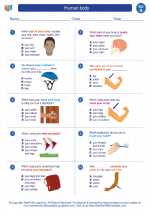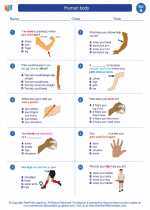Eight Planets
The eight planets in our solar system are Mercury, Venus, Earth, Mars, Jupiter, Saturn, Uranus, and Neptune. They are the major celestial bodies that orbit the Sun, and each one has its own unique characteristics.
Mercury
Mercury is the closest planet to the Sun and is also the smallest planet in our solar system. It has a rocky surface and no atmosphere.
Venus
Venus is similar in size and composition to Earth. It has a thick atmosphere and is known for its extremely high temperatures due to the greenhouse effect.
Earth
Earth is the third planet from the Sun and is the only known planet to support life. It has a diverse range of environments, including oceans, mountains, and forests.
Mars
Mars is often referred to as the "Red Planet" due to its reddish appearance. It has a thin atmosphere and evidence of past water erosion on its surface.
Jupiter
Jupiter is the largest planet in our solar system and is known for its giant red spot, which is a massive storm. It is a gas giant with no solid surface.
Saturn
Saturn is famous for its beautiful rings, which are made up of ice and rock particles. It is also a gas giant like Jupiter.
Uranus
Uranus is an ice giant with a unique feature - it rotates on its side, making its axis almost parallel to its orbit around the Sun.
Neptune
Neptune is the farthest planet from the Sun and is also an ice giant. It has a deep blue color and is known for its strong winds and storms.
Study Guide
- What are the eight planets in our solar system?
- Which planet is closest to the Sun?
- Which planet is known as the "Red Planet"?
- What are the main characteristics of Jupiter and Saturn?
- Which planet is the only known planet to support life?
[Eight Planets] Related Worksheets and Study Guides:
.◂Science Worksheets and Study Guides First Grade. Human body

 Activity Lesson
Activity Lesson
 Worksheet/Answer key
Worksheet/Answer key
 Worksheet/Answer key
Worksheet/Answer key
 Worksheet/Answer key
Worksheet/Answer key
 Worksheet/Answer key
Worksheet/Answer key
 Worksheet/Answer key
Worksheet/Answer key
 Worksheet/Answer key
Worksheet/Answer key
 Vocabulary/Answer key
Vocabulary/Answer key
 Vocabulary/Answer key
Vocabulary/Answer key
